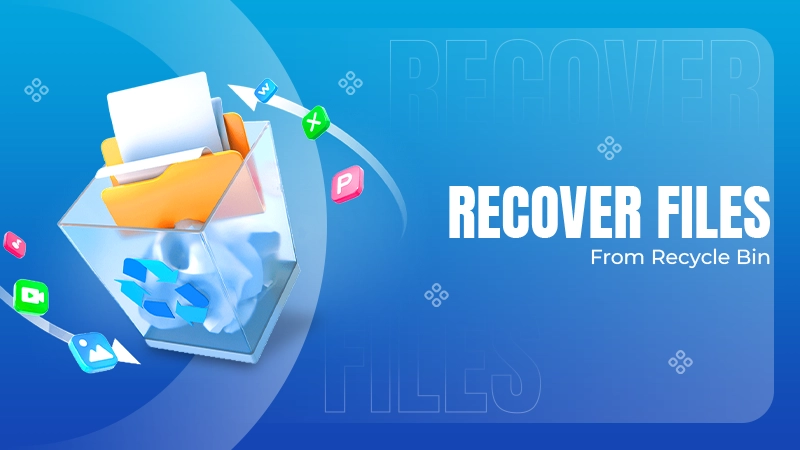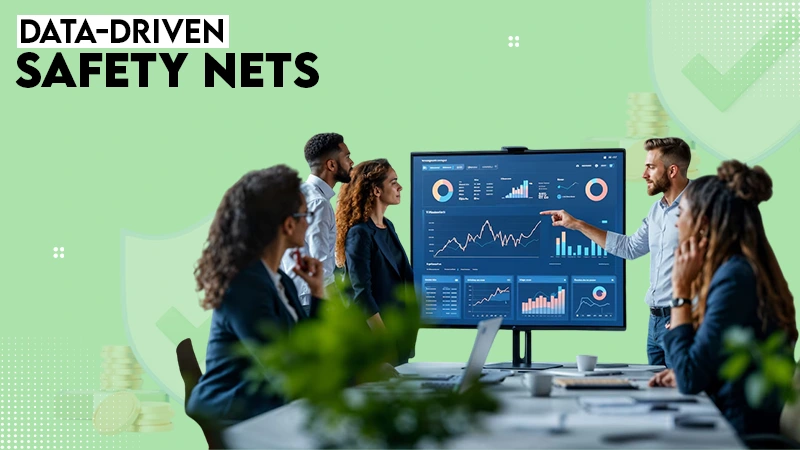Data Governance: Ensuring Integrity and Compliance in the Digital Age

In today’s rapidly evolving digital landscape, data has become one of the most valuable assets for organizations across the globe. As businesses increasingly rely on data to drive decision-making, enhance customer experiences, and gain competitive advantages, the need for robust data governance has never been more critical. Data governance refers to the comprehensive management of data availability, usability, integrity, and security within an organization. It encompasses the policies, processes, and standards that ensure data is managed effectively and responsibly. This article delves into the essential features to consider when selecting enterprise data governance tools, providing insights into how these tools can help organizations maintain data quality, compliance, and security.
Key Features to Look for in Enterprise Data Governance Tools
When selecting a data governance tool, organizations must consider several critical features that ensure the tool meets their specific needs and regulatory requirements. These features not only facilitate effective data management but also enhance the organization’s ability to leverage data as a strategic asset.
Data Cataloging and Metadata Management
One of the foundational elements of data governance is the ability to catalog and manage metadata effectively. A robust data governance tool should provide comprehensive data cataloging capabilities, allowing organizations to create an inventory of their data assets. This includes detailed metadata management, which involves capturing and maintaining information about data sources, data lineage, and data relationships. Effective metadata management ensures that data is easily discoverable, understandable, and traceable, which is crucial for maintaining data quality and compliance.
Data Quality Management
Ensuring high data quality is a cornerstone of successful data governance. Enterprise data governance tools should offer features that enable organizations to assess, monitor, and improve data quality. This includes data profiling, data cleansing, and data validation capabilities. By implementing these features, organizations can identify and rectify data quality issues, ensuring that their data is accurate, complete, and reliable. High-quality data is essential for making informed business decisions and maintaining regulatory compliance.
Operationalizing Data Governance
Turn policies into running processes: assign data owners and stewards per domain, define a RACI matrix, a remediation backlog, and a change-management path (from request to rollout). Standardize documentation (business glossaries, lineage), set up cyclical quality reviews, and deliver role-based training for tech and business teams. This way the catalog, metadata, and access controls stop being a “project” and become day-to-day operations.
Success Metrics and Continuous Improvement
Define a KPI set for governance: data completeness and freshness, catalog coverage, policy coverage, time-to-discover data, incident count and mean time to resolve, regulatory audit readiness, plus tool adoption (active catalog users). Monitor everything on one dashboard, set alert thresholds, and run quarterly reviews to iteratively raise data quality, usability, and security.
Compliance and Security Features
In an era where data breaches and regulatory compliance are top concerns, data governance tools must provide robust compliance and security features. These tools should support compliance with industry standards and regulations such as GDPR, HIPAA, and CCPA. This includes features like data masking, encryption, and access controls to protect sensitive data from unauthorized access. Additionally, audit trails and reporting capabilities are essential for demonstrating compliance and ensuring accountability within the organization.For organizations seeking comprehensive solutions, data governance soft offers a range of tools designed to enhance data management and compliance efforts. By leveraging such tools, businesses can ensure that their data governance strategies are both effective and aligned with industry best practices.
Running an organization is a highly complex job. You have to deal with taxes, guidelines, and many more operational tasks…
In today’s connected world, knowing how to text someone anonymously is a valuable skill for protecting your privacy. Whether you…
In this digital world, just getting data is not enough for marketers – they need data that works fast, stays…
Is your Android phone starting to act strangely? This usually happens after a change in settings, a new update, or…
Ever wondered why it’s called the Recycle Bin? It is because your deleted files are not gone for good, at…
Icons are much more than simple visual adornments. They are the interface contracts for all outcomes, status signals, and the…
From internal financials and health records to payment tokens and customer identifiers, sensitive data is ingrained in day-to-day operations. According…
When your rent, gas, groceries, and internet bills all keep going up at the same time, have you ever wondered…
If you are a marketing professional, you have probably noticed that the amount of content your department produces has increased…






